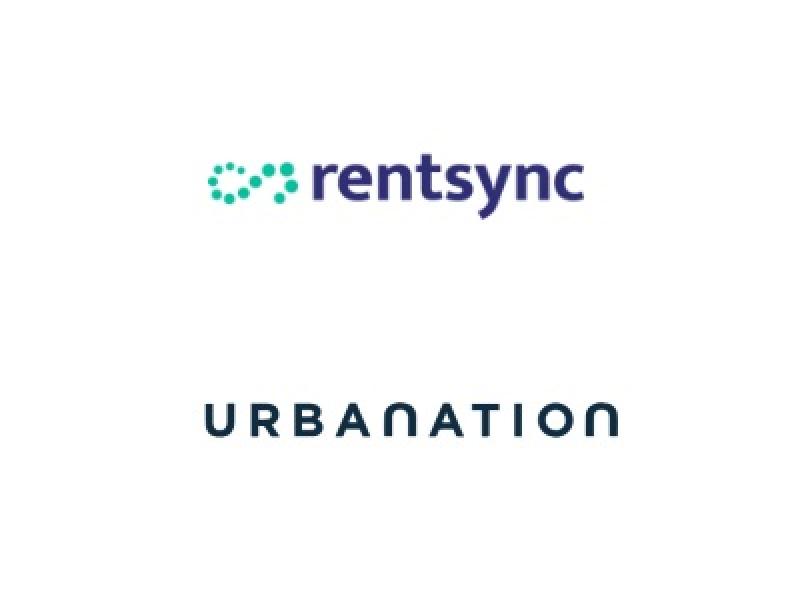While many sectors of the economy were hit hard by the global pandemic, the multifamily sector, which includes condo and rental, remained a stable investment.
Here are some of the reasons why multifamily real estate is a sound investment strategy.
Investment in multi-unit construction continues to grow, driven by strong activity in Montreal and Toronto, which accounted for a 3.9 per cent growth, translating to an investment of $6.2 billion in Canada, according to Statistics Canada.
As of July 2021, Canada Mortgage and Housing Corporation (CMHC) was reporting 220,002 multifamily units under construction in Canada.
In this article you will learn why you should be invested in the multifamily sector and the variety of ways in which to invest in apartment buildings. Let’s explore this further.
Multifamily market factors
The national vacancy rate in Canada for rental units in 2020 was 3.3 per cent, resulting in demand far exceeding supply for rental units. This reassures investors there will be steady returns on their investments.
However, COVID-19 halted immigration, prevented international students from attending post-secondary institutions and drove some young people back home as their employment disappeared. It had an immediate effect on the multifamily sector.
At the height of the pandemic, Toronto had a vacancy rate of 2.7 per cent in Q2 2020, before soaring to a rate of 8.8 per cent in Q1 2021. It is now averaging 5.2 per cent and continuing to decrease as life slowly returns to pre-pandemic activity.
In addition, the average single-family home price in Vancouver was $1.1 million and Toronto averaged just over $1 million, making home ownership an impossibility for many. Demand for rental accommodation will continue while supply will continue to be low.
Multiresidential construction experienced a 10.1 per cent increase in starts in May 2020, as soon as the earliest COVID-19 restrictions in Ontario were lifted. In contrast, single-detached homes construction starts increased by only 2.6 per cent.
Strong market fundamentals make multifamily real estate in Ontario a smart investment opportunity. Even at the height of the pandemic, rent collections remained around 97 per cent, providing a steady income investment opportunity that provides a rapid return on investment.
Shorter lease terms mean the potential to increase rents more frequently than comparable industrial or commercial real estate properties, which can increase a return on investment and pay down the loan more quickly.
In addition, historic low interest rates can make the initial investment more affordable and it can be easier to qualify for a mortgage on a multifamily unit than a single dwelling because the rental income provides capital while the asset continues steady appreciation.
Emerging multifamily trends
In densely populated urban areas, land is at a premium and city planners are now looking at “vertical urbanism”. This is defined in terms of vertical space, including underground transportation, retail and parking, rather than the traditional horizontal plan of neighbourhoods or sub-divisions.
However, this presents a challenge, as investment activity in the multifamily sector has been concentrated and highly competitive, pushing capitalization rates to the three- to 3.75 per cent range for class-A properties.
Smaller markets attract investors who are more willing to consider class-B or even class-C properties and REITS and capital fund managers actively looking for yield which is harder to find in primary markets.
In Ontario, investors are looking outside the Greater Toronto Area to cities like Kitchener and Waterloo, London and Ottawa that are more affordable than Toronto, but offer good amenities and more affordable development opportunities.
Outside of Ontario, cities like Halifax, Quebec City or Victoria are enjoying similar attention.
PWC Canada reported a seismic shift in multifamily sector priorities due to the global pandemic. COVID-19 normalized work from home and spurred a demand for upgrades in multifamily units such as in-suite laundry, quiet spaces where people can work undisturbed and renewed interest in green spaces, either as a common area or a balcony.
Returns and long-term value of multifamily assets
With the vacancy rate for rental units expected to stay low, the demand for multifamily sector construction will continue to be high. A growing population, housing prices in many locations that make home ownership a distant goal and an aging population which will be looking to downsize are all determining factors in multifamily sector investment volumes.
Here are a couple of keys to maximizing returns on multifamily assets:
Location: The interest in secondary and tertiary markets for multifamily developments is likely to continue as more cities adopt a vertical planning model to house a growing population in shrinking available land. In addition to traditional amenities such as public transit, schools, hospitals and retail, COVID-19 emphasized the ability to enjoy green spaces while maintaining safe social distances. Locations that can incorporate green spaces, walking paths and other outdoor amenities will attract and retain renters.
Multiple potential streams of income: One advantage of the multifamily sector is the ability to generate multiple income streams simultaneously. Long-term tenants provide steady reliable income, while vacancies offer opportunities to increase rents, producing higher returns. In addition, strategic upgrades such as energy-efficient lighting, safety features, water-conserving toilets and showers are capital expenditures that will quickly pay dividends. Other revenue-generating improvements could include laundry facilities, a fitness room requiring a membership or business conference rooms available for rent.
While travel, retail and hospitality sectors struggled in the last 18 months due to the global pandemic, the Canadian multifamily sector remained relatively stable, thanks to low vacancy rates and low interest rates that encourage investment, plus the steady capital and asset appreciation that real estate offers to investors.
With a 10.1 per cent increase in starts in 2020, the sector is showing no signs of slowing down as demand outstrips supply and an urban planning emphasis on vertical development gains traction. The multifamily sector has proven itself to be a solid investment in a volatile time.
Similarly, like stocks, real estate investing allows an investor to be successful through several different strategies.
One of the most popular ways to invest in real estate is to own a collection of rental properties. You can purchase a multifamily building (or buildings) individually, or you can partner with others.
Another approach is passive investing. This plan is perfect for someone who wants to invest in real estate, but does not have the interest, time or expertise to purchase and actively manage it.
Private real estate investing is a straightforward way to gain exposure to large, otherwise inaccessible real estate opportunities which can provide regular monthly income, development profits and investment growth.








